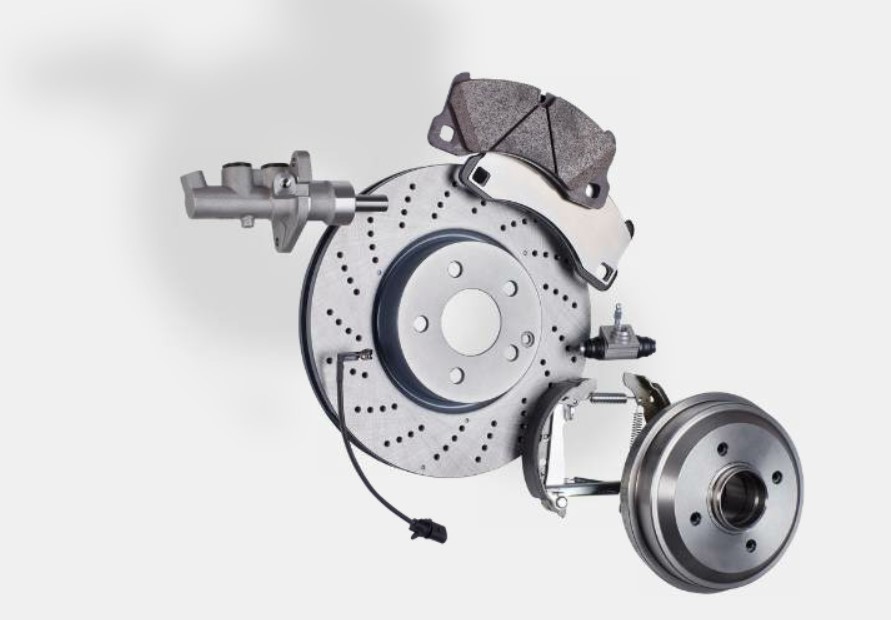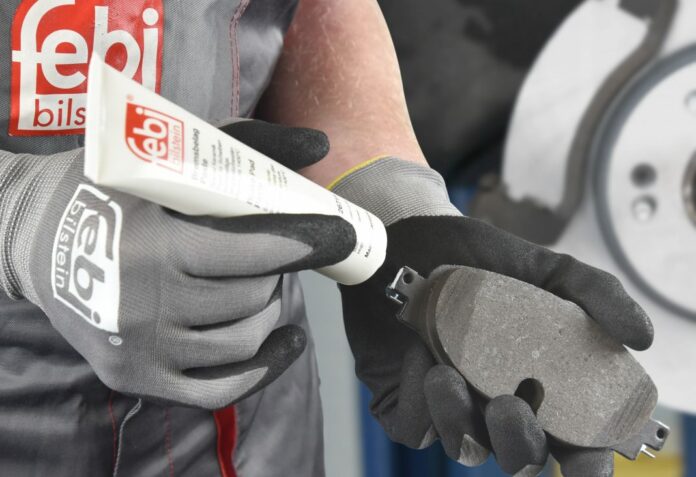Rattling, vibrations, squeaking: noises during braking can significantly impair the driving experience. But what exactly is behind these NVH phenomena (what NVH means is explained here) and how can this be prevented?
How Noises are Generated
Braking noises are caused by vibrations with high-pitched tones that you can hear. Imagine that you trace the edge of a thin glass of water with a wet finger. The glass resonates and a sound is produced. The vibration is caused by the friction that is created when you trace the edge of the glass with your finger. This vibration in turn vibrates in the glass and produces a sound.
The same principle applies when friction is generated between the brake pads and discs. The vibrations are transmitted to the brake calipers. As a result, the entire brake system resonates and generates unpleasant noises.
What is the Cause?
There are several factors that should be considered to prevent noise and vibration during braking. These include the quality of the materials used, the shape of the components, the driving environment, vehicle speed, and brake temperature.
Noise is often generated when the brake pad and disc touch each other due to vibration but do not make full contact. Noise can also be caused by worn or defective parts that have lost their tension.

Minimize Vibrations and Noise During Braking
In the development of new febi brake pads, a number of technologies are used to reduce these unpleasant vibrations and noises and to improve the comfort for drivers and passengers.
To minimize NVH, all febi brake pads have the same advantages and properties of the OE component or even exceed them, e.g. by chamfers and/or elongated recesses (grooves). These change the natural frequency with which the brake pad oscillates, making it quieter than a brake pad without these features.
Brake pads may also be supplied with retaining clips or springs to minimize the play between the pads and the caliper and thus dampen vibrations. There are pads with additional weights: These are added during the development phase to reduce vibration and noise.
Maintenance of the Brake System
When servicing and replacing components of a braking system, there are several important parts that should be checked to both ensure correct operation and minimize unwanted brake noise. These include the condition of the brake calipers and mounts and other components to determine if they are worn, no longer functional, or corroded.
When fitting new brake pads, make sure that any corrosion is removed from the contact points of the brake pads and calipers and that they fit precisely to the brake system. Grease the contact points with febi ceramic paste to ensure free movement and efficient braking. Avoid the use of copper paste, as this can affect the ABS signals and promote galvanic corrosion. It also prevents free movement of the brake pad, which can lead to noise.
If the brake discs are badly scratched or deformed, they must also be replaced, as the rough surfaces cause noise. Check the lateral runout. Then compare the tolerances with the vehicle manufacturer’s specifications before installing the new discs. It is important that the hub surfaces are cleaned before replacing the brake discs, otherwise there may be brake rubbing.




